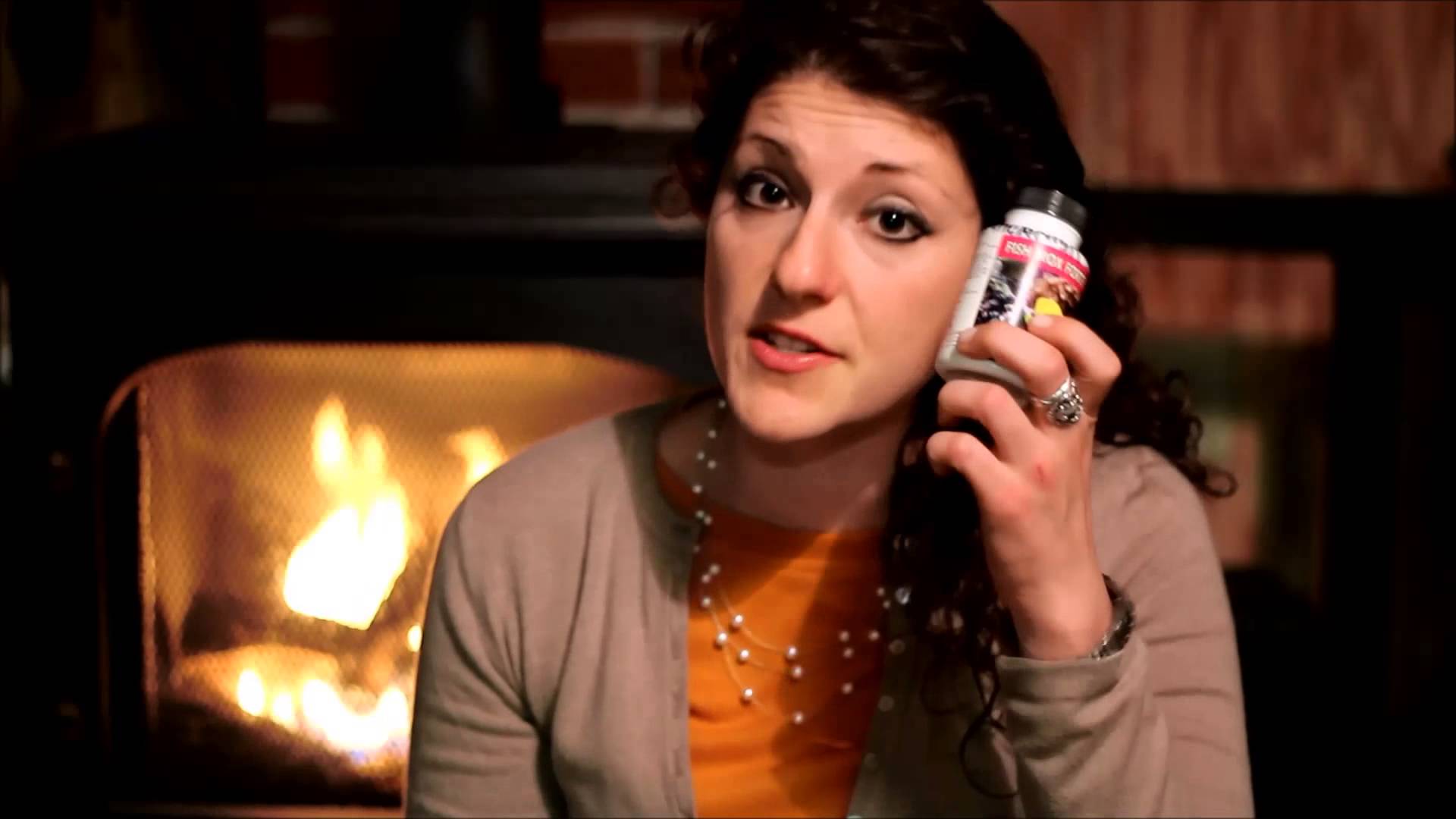Outdoor Games for the Kids on the Homestead
In today’s world, most kids spend far too much time inside. Many youngsters prefer sitting in front of the television watching shows or playing games, or zoning out on the Internet instead of getting outside. While it is smart to understand and to keep up with technology, it is just as important to make sure … Read more








